Every marketer seeks for the most reliable and highly-optimized strategy for inbound marketing. However, this…
As outbound marketing is becoming unreliable, many business owners and marketers are switching to inbound marketing to draw in customers. But what exactly is inbound marketing?
Inbound marketing refers to the concept of developing exclusive and personalized content to captivate prospects and influence them to convert. Blogs, newsletters, social media, videos, SEO, and more are the types of content that are widely used in inbound marketing.
Optimizing and personalizing your content to meet the requirements of individual customers is the core of inbound marketing. It’s entrenched in spreading brand awareness so that the prospects visit your site to gather more information about your products or services.
Keep reading to learn about some basics of inbound marketing that will help you to attract, engage, and delight your consumers.
Whether you are a certified inbound expert or merely getting started with inbound marketing, make sure to follow the principles stated below to get the most out of your efforts:
- Create content
- Concentrate on selling solution
- Have an SEO strategy
- Assist your customers
- Listen to your shoppers on social media
1. Create Content
Although it seems obvious, yet there are many businesses out there deficient in a variety of content. As we have already mentioned above, personalized content is the heart of inbound marketing.
Captivate your audience by publishing content that serves them – whether it’s showing them how to do something, presenting new inventory, etc. Also, keep sharing your content on multiple social media platforms to reach a wider audience.
2. Concentrate on selling solution
Instead of focusing on selling your services or products to consumers, concentrate on selling them a solution to their difficulties or problems. Customers visit your website either to solve a problem or to make a purchase.
Engage leads by making them understand how your services or products provide a solution to the problems they’re undergoing. After all, you want your consumers to be happy and content throughout the entire journey of a buyer, so all interactions between you and the shopper must be valuable, informative, and beneficial.
3. Have an SEO Strategy
To draw more customers, boost your content with a strong SEO strategy. An effective SEO strategy will help to improve your rankings of organic search, taking your reach to a new level. So, ranking high on the results pages of search engines serves to grow your website traffic, conversion, and brand awareness.
Besides optimizing your content, make sure to optimize the structure of your website. Search engines consider this while deciding the rank of your website.
4. Assist your customers
Responding quickly to the questions or concerns of your customers is a significant part of converting your visitors into your customers. Offer an option for a live chat on your website, connecting your visitors to a live customer support representative who can answer all kinds of queries.
In case you lack the resources required to staff your customer service department, you can use chatbots or automated Q&A systems mimicking human interaction via artificial intelligence. The AI technology is capable of handling frontline customer service queries and transferring prospects to a live chat customer support agent.
Providing this level of customer service with 24/7 availability helps to serve customers throughout the journey of a buyer, so earn their loyalty, and inspire them to convert.
5. Listen to Your Shoppers on Social Media
Did you know that around 71% of customers having a positive experience with a brand on any social media platform are likely to suggest that brand to their family and friends? Having a consistent presence on social media and responding to customer queries is a crucial element of drawing and retaining customers.
Also, social media is the first place where consumers turn to give voice to their opinions and personal experiences with brands. Seeing happy customers giving positive comments is immense, but keep in mind to nurture the negative comments also from dissatisfied customers.
For instance, instead of responding to a complaint or negative remark with, “We are very sorry to hear that,” try using different wording to change the negative customer experience in positive customer experience. You can try using, “Our apologies for that. How can we help you?” or “We are very sorry to hear that. Email us at (XYZ) to speak with our customer service representative, who will help you with your problem.”
Wrap-up
By using these basics of inbound marketing, you’ll create a highly scalable revenue hack and boost the conversion of your website. To help kindle the performance of your website, you can read our blog steps for a successful inbound marketing strategy.
It’s essential to keep in mind that inbound marketing isn’t just one tactic, one tool, or a single campaign. It is a collection of ongoing activities that, when performed in tandem, produce added revenues.
Don’t worry if you’re unable to see outcomes right away. You can test and change the necessary variables, one by one, to determine the most suitable strategy for your business. Curious to know how Axtrics can help to improve your inbound marketing strategy and convert more visitors into consumers? Reach our team of eCommerce experts through the comment section given below, and we’ll get back to you!

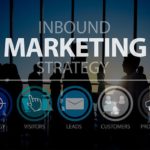
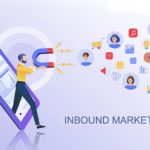

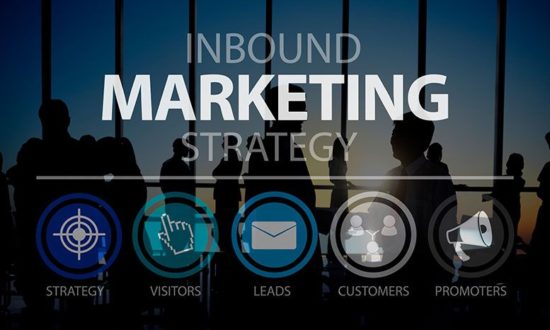
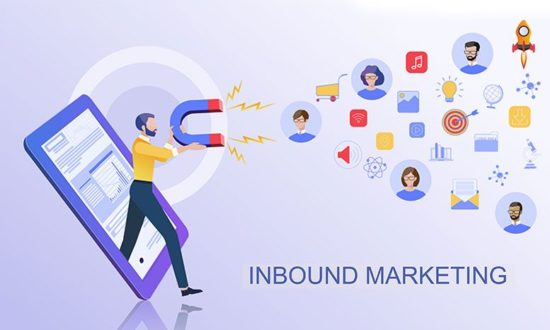

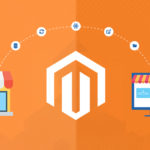


Leave a Reply